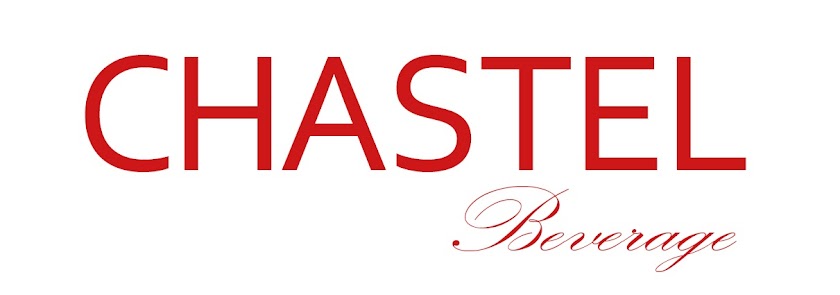Lambiek Fabriek is a lambic blendery located in Sint Pieters Leeuw established in 2016. To date, they have released a number of bottled products produced from their own lambic that is brewed on-site at Belgoo Brewery.
History
Lambiek Fabriek is a joint lambic brewing and blending project started by Jo Panneels (blending), Jozef Van Bosstraeten (brewing & blending), and Jo Van Aert (brewing) that officially opened its doors as a company in 2016 alongside the already established Belgoo brewery in the village of Ruisbroek in the Sint-Pieters-Lieuw municipality. Though Lambiek Fabriek officially established itself in 2016, the first experimental lambic blends began nearly 8 years before around 2008. Around that time, the future Lambiek Fabriek founders purchased some wort, young lambic, and old lambic from Lindemans, 3 Fonteinen, Oud Beersel, and Hanssens, and they began to experiment making kriek lambiek in small 20L and 60L carboys.
While beginning to contemplate the logistics of blending lambic commercially, lambic was at the same time in one of its most popular and rapid upswings in popularity. This made the market for lambic wort from other producers much tighter due to demand at their own breweries and blenderies as well as making any available wort more expensive.
By 2015, the decision had been made to start a new commercial-sized lambic blendery. Given the fact that they were not able to purchase wort from the bigger lambic brewers at the time, Paneels approached Belgoo Brewery (which opened in 2015) in Ruisbroek about the possibility of brewing a traditional lambic recipe on their equipment. Belgoo is a clean top fermentation brewery mostly brewing traditional Belgian ales. Jo Van Aert, brewer at Belgoo, agreed to let Lambiek Fabriek brew lambic on-premises.
In the beginning of the brewing of the brewing sessions at Belgoo, the coolship was not present at the brewery. Instead, it was located at another warehouse approximately a kilometer away from the brewery. For two seasons (2015-2016, and 2016-2017), freshly brewed wort was transported approximately 4.5 kilometers away from the brewery to another warehouse where it was pumped into the koelschip to cool overnight. Logistically, this was a strain. The goal was to eventually have the two operations working side-by-side. To solve the problem of having spontaneous fermentation alongside a clean brewery, a separate warehouse was chosen on-site to house the barrels and all of the necessary pumps and hoses. The warehouse also has a separate bottling line for both 75cl and 37,5cl bottles. Eventually, it was decided that the koelschip should be moved to the brewery for logistical reasons, and it was installed under a roof outside of the brewery in the fall of 2017 so as to not interfere with the clean fermentation at the brewery. Currently, Lambiek Fabriek and Belgoo Brewery work side-by-side in the same location, which was an old beer distributor before its current incarnation.
Brewing and Blending Process
The lambic brewed on the Belgoo side of the brewery is a traditional lambic recipe that consists of approximately +/- 35% wheat and +/- 65% malted barley and uses aged pellet hops. The brewhouse at Belgoo has a capacity of 24 hectoliters. The stainless steel koelschip was fabricated locally and is divided into two equal halves of 1,200 liters each; thus, a full brew at Belgoo will fill the koelship. The wort is then pumped over to the Lambiek Fabriek side at approximately 95 degrees Celsius and left to cool until it is transferred over to barrels at around 22 to 23 degrees Celsius.
The blendery started off with oak barrels of both 400-liter and 220-liter sizes, of which approximately 90% of them are of French oak and an 10% are of American oak. In June of 2019, the blendery received 8 Italian foeders with a capacity of around 46 to 47 hectoliters each. As of 2019, there are more than 280 total barrels and foeders across two warehouses. Many of the French oak barrels are first-fill barrels coming from the Burgundy region in France where the blendery has a connection to some winemakers.
Blends are done in a 3,200 liter stainless steel blending tank and left to rest for 24 hours before being bottled. Each blend yields approximately 4,000 75cl bottles or 8,000 37,5cl bottles.


Inga kommentarer:
Skicka en kommentar
Obs! Endast bloggmedlemmar kan kommentera.